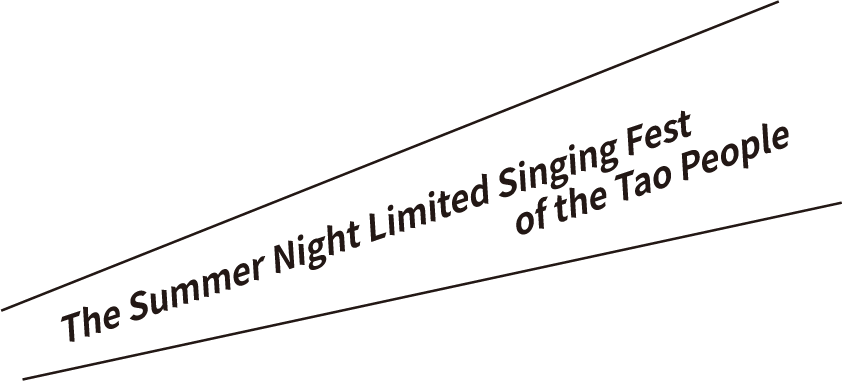
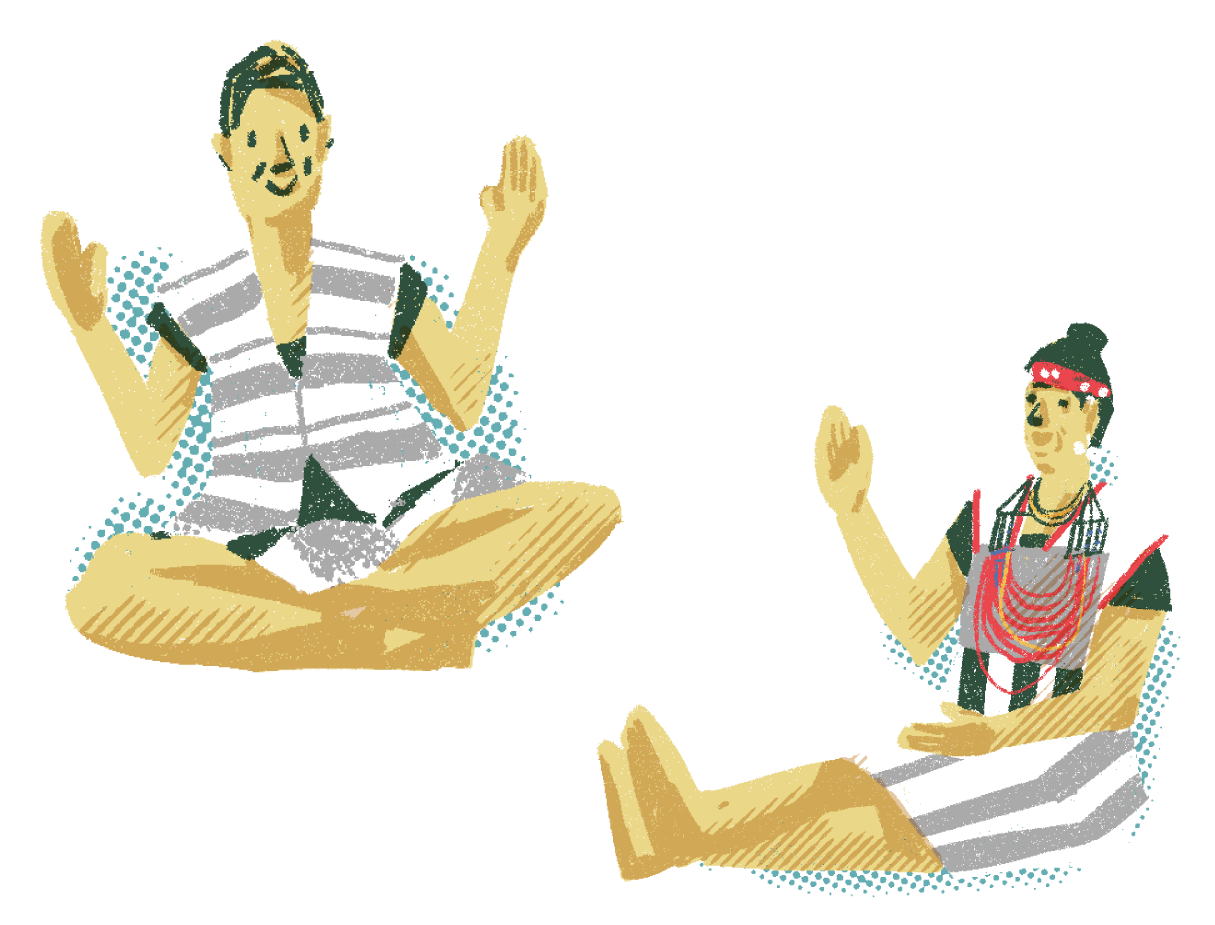
Karyag is a unique singing culture of the Tao people, only held on summer nights in specific months. Young boys and girls may attend freely regardless of social status, and clap and sing until dawn. Elders jokingly describes karyag as the traditional karaoke of the Tao people.
Entering peyavean (June), nights on the Orchid Island feel somewhat different. The light sea breeze and dancing tree shadows hint at the relaxed and joyous atmosphere in the air. After dinner, Tao youth move toward the makarang (work shed) scheduled to host karyag for the night in twos and threes. Male and female sit on the ground on two separate sides and wait for everyone to settle down. Thus begins the karyag.
“The waters at Ivalino Village surrounds the ridge and flow towards through taro field. Hope that the wetland taro fields passed down through generations can blossom like the Giant Elephant's Ear.”
Sang by Hsien Guei-Lan, No. 3 Karyag at Iraraley Village, Orchid Island Musical Night Feast.
The owner of the makarang, a senior person or the generally agreed best singer may lead a song, and the crowd sing in chorus to the final two verses in each paragraph while clapping with the tempo. Next another person will sing solo first before being echoed by the crowd. The suave lingering vocals flow through the night, taking turns and overlapping until dawn. This is a sleepless singing gathering on a summer night that is Tao people limited. 
“In the beautiful months suitable for karyag, the villages are filled with glee and everyone regardless of gender gather to sing joyously,” says Syaman Macinanao, who wears the multiple hats of the founder of Taitung County Orchid Island Catholic Culture Research and Development Association, a missionary, indigenous language singer songwriter, and researcher of traditional songs and culture. 
Special Melody and Lyrics,
Delivering Messages and Culture
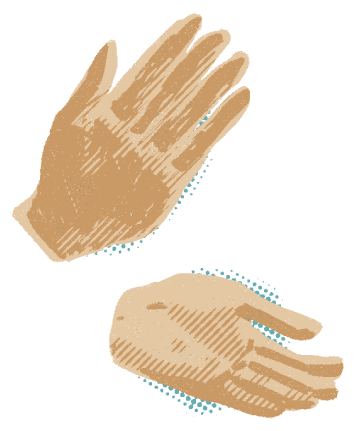 The Tao people is one of the few peoples without traditional musical instruments and deliver messages with human vocals. Lyrics carrying history, culture, legend, myths, and knowledge of life, are the soul of Tao music. A Tao person grows up learning the cultural knowledge of the people and achieve social collective consensus through taking part in karyag and singing the songs.
The Tao people is one of the few peoples without traditional musical instruments and deliver messages with human vocals. Lyrics carrying history, culture, legend, myths, and knowledge of life, are the soul of Tao music. A Tao person grows up learning the cultural knowledge of the people and achieve social collective consensus through taking part in karyag and singing the songs.
Singing is an essential element in the culture and ceremony of the Tao people. Be it rituals of welcoming guests, completion of a new house, and the flying fish ritual, the people are always heard singing and demonstrating their affections for and blessing to the nature and guests. In traditional Tao songs, it is said that the people learn the karyag songs and karyag from the “half-man and half ghost”; the melody, lyrics, and social meaning are all rather unique.

Unlike most singing events that are for rituals and bear solemn social meaning, karyag is just entertainment. In terms of the lyrics, karyag songs are not anood lyrics which adopt spoken language mostly used for celebratory singing events, but rather raod lyrics which adopt archaic words like poetry with metaphor and puns as rhetoric. The melody is a unique karyag form featuring vocal runs and extended syllables. When singing in chorus, everyone sings in their own range without intending to seek pitch accuracy, thus forming the inharmonious heterophonic singing.

An experienced singer can incorporate the current situation and experiences in life to rearrange the karyag lyrics passed down, so as to not only reflect the contemporary social phenomenon but also demonstrate one’s artistic creativity, gaining admiration from the younger generation and guide them along the path of learning. Furthermore, karyag is the only social event that allows both the male and female to attend together and sing to one another in the patrilineal Tao society. It is one of the places where Tao boys and girls acquaint and interact with each other in the past.
Host karyag
in the Beautiful Months
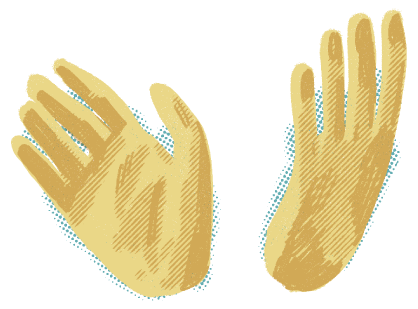
“karyag can only be held at night from peyavean to kaliman (June to September), not at any other time,” emphasizes Syaman Macinanao. According to the traditional Tao calendar, peyavean is at the end of the flying fish season, when people hang up their flying fish harvest along the coast to sun dry and host the flying fish ritual symbolizing the bounty harvest of the community as well as marking an end to the labor this year. Therefore, this period is known as the “beautiful month”, suitable for celebrations and entertainments such as wedding and banquet.

In response to the celebratory atmosphere of the harvest in the village, one of their entertainment is to host karyag in the makarang. A traditional Tao family house consists of vahay (main house), makarang, and tagakal (pavilion). The makarang is the work shed, slightly larger than vahay with better natural lighting and ventilation, and suitable for daily chores such as weaving and making fishing gear. When a new house or new canoe is built, people host celebratory singing events here as well.
For Tao people, building a new house is a major event. The hosting family will spend months preparing food such as taro and pork to feed their guests and host a grand ceremony such as a blessing singing event upon the completion of the house. Both the host and guests will sing traditional songs with anood lyrics and melody all night in the makarang to bless the relocation. In addition to the blessing singing event on the first day for the completion of the makarang, karyag will be held on the second night at the makarang. “But only makarangs completed between June to September can host karyag, not in any other months,” explains Syaman Macinanao.
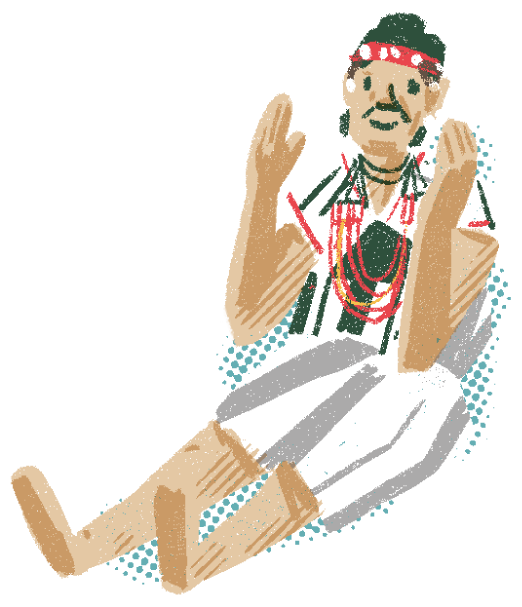
karyag is an entertainment open to all. Anyone with a makarang can host karyag and no one needs to sign up to attend. “karyag often involves verbal invitation, but as the night gets darker and people hear the singing, they naturally gather without even requiring an invitation. The number of attendees depends on the space available at the makarang, those who cannot enter the makarang can only stand outside to listen,” shares Syaman Macinanao. There is no certain singing order, and the singing is not necessarily led by the host either, “it is a relaxed and delightful occasion, just gather in joy and sing together.”
The singing begins after dinner and continues until dawn, lasting 8 or 9 hours. “Once karyag begins, it cannot be interrupted, and the singing must continue all the way until dawn.” Syaman Macinanao’s father once told him, karyag may only be interrupted if emergency occurs in the hosting family, “if you interrupt it halfway, it would be as if something bad as happened to this family.”
Bring the karyag Culture Back
to Our Land One Day
In the past, electricity is rare and karyag is one of the few entertainments available. With changes in time and lifestyles, the karyag culture gradually died away and no one hosts them anymore. “Our generation have only heard of karyag from our elders. We never participated in one and cannot sing them anymore,” the 63-year-old Syaman Macinanao says with regret.

The entertaining karyag involves affairs of love in the lyrics, therefore the elders rarely talk about it, let alone pass them on to the next generation. In addition, the karyag melody and lyrics are unique and extremely difficult and can only be learnt by participating in person. As their indigenous community stops hosting karyag, the songs are facing extinction as well.
Syaman Macinanao is deeply interested in the traditional music of his people and began collecting traditional songs from one indigenous community to another after he left school. When he was in his thirties, he invited his parents to host karyag in their own makarang. He recorded the singing then, “such beautiful melody and lyrics,” but he immediately followed with a sigh, “nowadays, not only are there no more karyag, but the songs are disappearing as well, elders who can still sing the songs are already in their 80s.”

To salvage the precious karyag culture, the Orchid Island Catholic Culture Research and Development Association held numerous karyag seminars, inviting elders to perform, and plans to host workshops to recruit participants to preserve and pass on the culture. Syaman Macinanao hopes that “we can bring the karyag culture back to our land one day.”
—Reference—
呂鈺秀、郭健平(2007)。《蘭嶼音樂夜宴》。臺北:南天書局。





